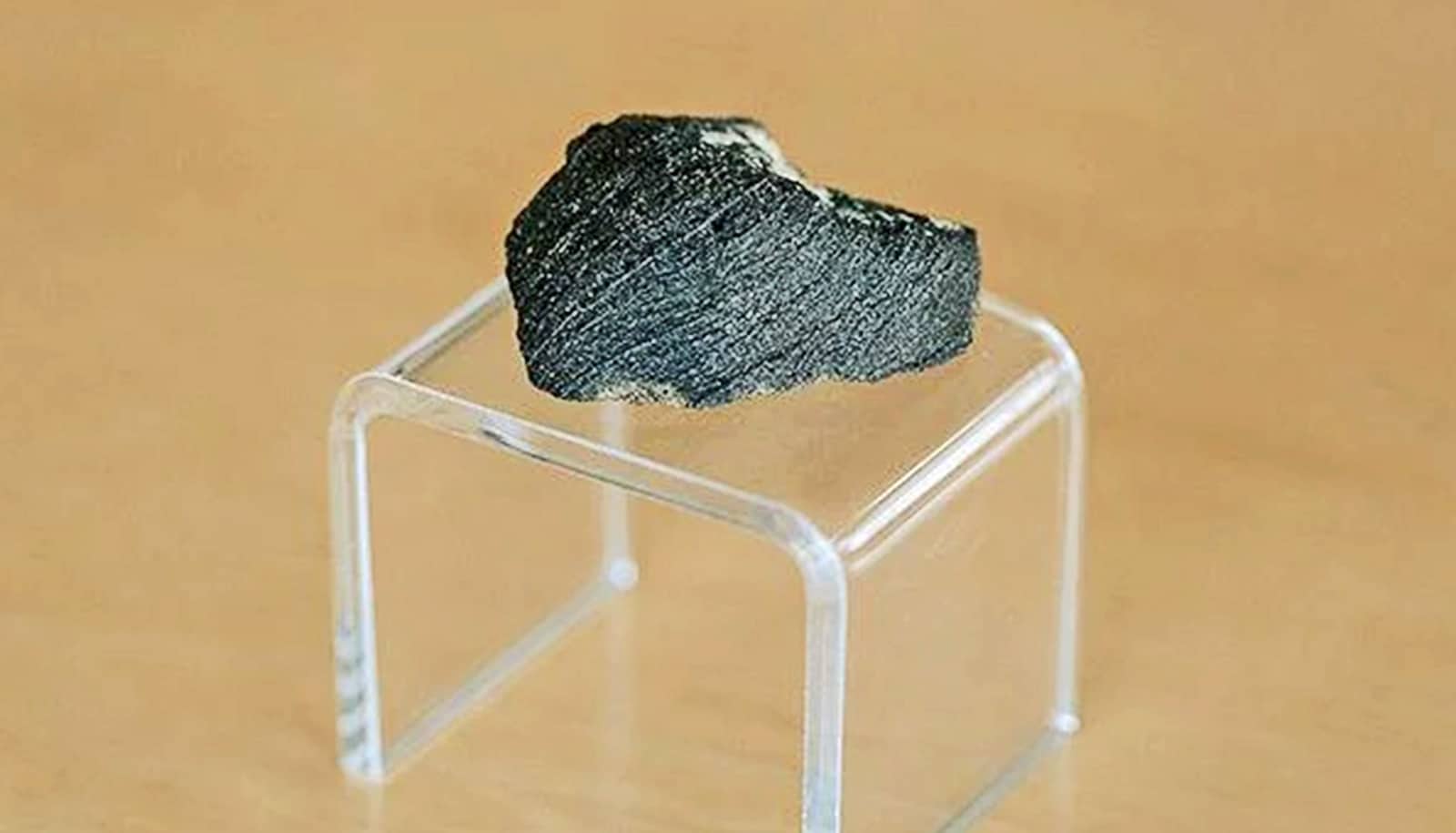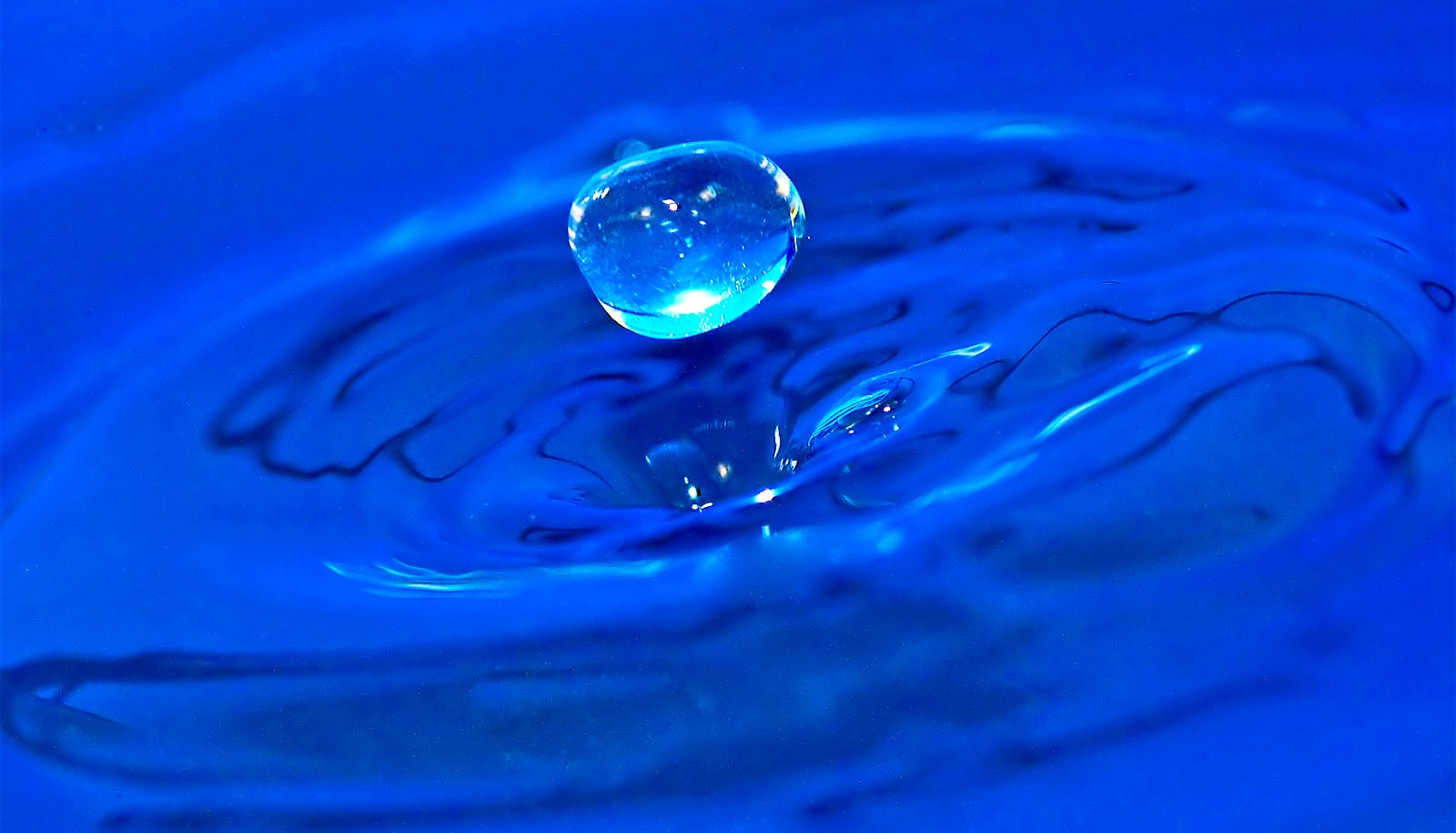Condensation on a can of beer or soda provides more heat than the surrounding air, which means humid weather warms up your drink more than twice as much as dry heat does.
“Probably the most important thing a beer koozie does is not simply insulate the can, but keep condensation from forming on the outside of it,” says Dale Durran, professor of atmospheric sciences at the University of Washington.
He’s coauthor of results published in 2013 in Physics Today that give the exact warming for a range of plausible summer temperatures and humidity levels. For example, on the hottest, most humid day in Dhahran, Saudi Arabia, condensation alone would warm a can from near-freezing temperature to 48 degrees Fahrenheit in just five minutes.
“You can’t write an article for Physics Today where the data has come from a setup on the top of the toilet tank in one of the author’s bathrooms.”
In typical summer weather in New Orleans, heat released by condensation warms the drink by 6 degrees Fahrenheit in five minutes.
The investigation began a couple of years ago when Durran was teaching Atmospheric Sciences 101 and trying to come up with a good example for the heat generated by condensation. Plenty of examples exist for evaporative cooling, but few for the reverse phenomenon. Durran thought droplets that form on a cold canned beverage might be just the example he was looking for.
A quick back-of-the-napkin calculation showed the heat released by water just four thousandths of an inch thick covering the can would heat its contents by 9 degrees Fahrenheit.
“I was surprised to think that such a tiny film of water could cause that much warming,” Durran says.
Though he’s normally more of a theoretician, Durran decided this result required experimental validation. He recruited coauthor Dargan Frierson, an associate professor of atmospheric sciences, and they ran an initial test in Frierson’s little-used basement bathroom, using a space heater and hot shower to vary the temperature and humidity.
The findings corroborated the initial result, and they embarked on a larger-scale test.
“You can’t write an article for Physics Today where the data has come from a setup on the top of the toilet tank in one of the author’s bathrooms,” Durran says.
First they recruited colleagues in Frierson’s beachside hometown of Wilmington, North Carolina, to duplicate the experiment and compare results with those taken on a hot, dry Seattle day. But they decided they needed to test a wider range of conditions.
Finally, last summer undergraduates Stella Choi and Steven Brey joined the project to run a proper experiment in the atmospheric sciences building. They unearthed an experimental machine with styling that looks to be from the 1950s, last used decades ago to simulate cloud formation.
The students first cooled a can in a bucket of ice water then dried it and placed it in the experimental chamber dialed up to the appropriate conditions. After five minutes they removed the can, weighed it to measure the amount of condensation, and recorded the final temperature of the water inside.
This pea-sized brain structure makes you crave beer
The phenomenon at work—latent heat of condensation—is central to Frierson’s research on water vapor, heat transfer, and global climate change.
“We expect a much moister atmosphere with global warming because warmer air can hold a lot more water vapor,” Frierson says. Because heat is transferred when water evaporates or condenses, this change affects wind circulation, weather patterns, and storm formation.
Durran’s research includes studies of thunderstorms, which are powered by heat released from condensation in rising moist air.
As for his demonstration of the heat released during this process, he and Frierson are now working with the National Center for Atmospheric Research to develop an educational tool that will let students around the world try the experiment and post their results online for comparison.
The National Science Foundation provided funding for the research.
Source: University of Washington (Originally published April 26, 2013)



